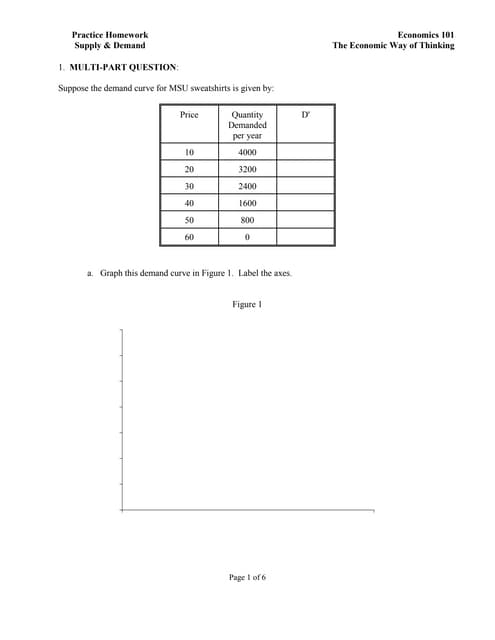


Since some buyers will value the item more than others and even individual buyers will have decreasing utility for additional units of the item, the total market demand curve will generally take the shape of a downward sloping curve, such as Figure 6.2. It must be noted that although each firm in the market perceives a flat demand curve, the demand curve representing the behavior of all buyers in the market need not be a flat line. In the case of the perfect competition model, since sellers are price takers and their presence in the market is of small consequence, the demand curve they see is a flat curve, such that they can produce and sell any quantity between zero and their production limit for the next period, but the price will remain constant (see Figure 6.1). In Chapter 2 and Chapter 3, we examined the demand curves seen by a firm. As a result, all sellers that elect to remain in the market will quickly settle at charging the same price. Since the good is viewed as being of identical quality and utility, regardless of the seller, and the buyers have perfect information about seller prices, if one seller is charging less than another seller, no buyer will purchase from the higher priced seller. The consequence of the preceding assumptions is that all exchanges in a perfectly competitive market will quickly converge to a single price.


 0 kommentar(er)
0 kommentar(er)
